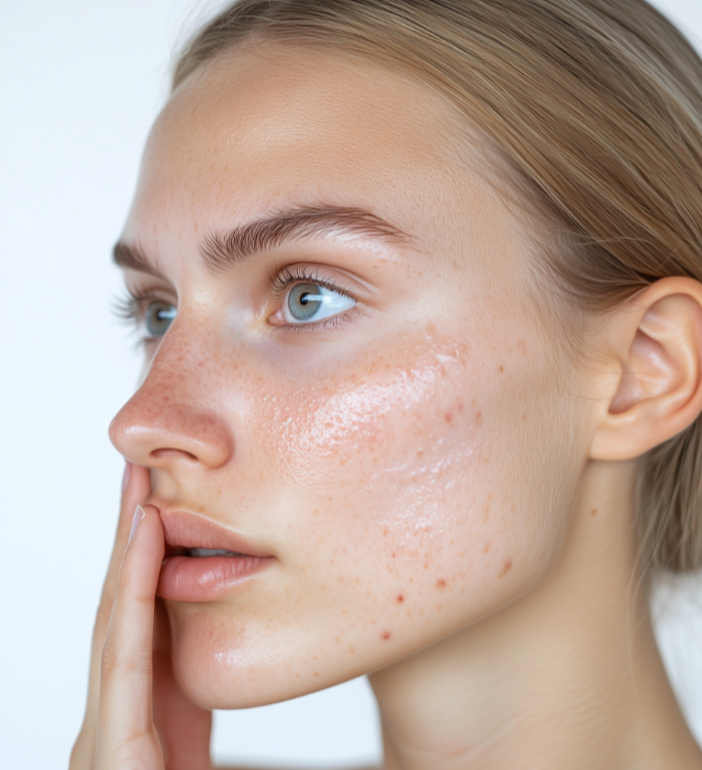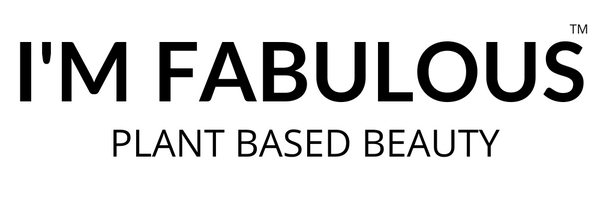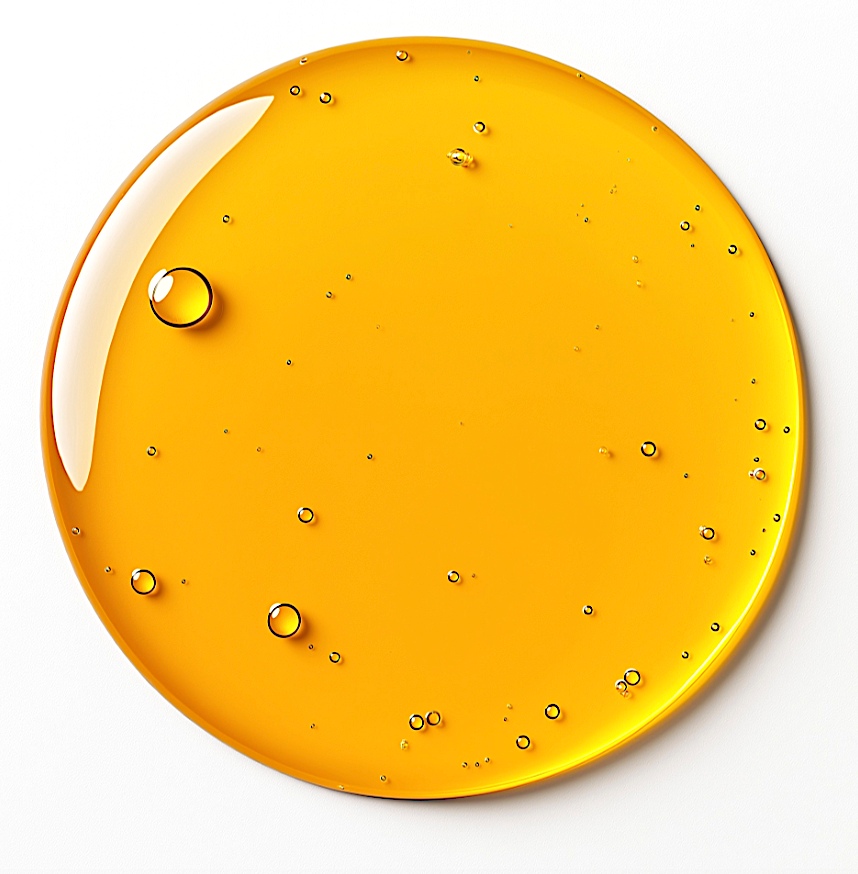
How to Get Rid of Acne Scars in 2025: The Ultimate Dermatologist’s Guide
Share
Introduction: Understanding Acne Scars
Acne scars are a persistent concern for many individuals, affecting self-esteem and confidence. As a board-certified dermatologist with years of experience treating patients with post-acne scarring, I understand the frustration that comes with finding an effective solution. Says Dr. Stanberg, M.D. in Los Angeles. The good news? Advancements in dermatology have revolutionized scar treatments in 2025, offering a combination of cutting-edge technology and proven techniques.
In this guide, I’ll break down everything you need to know about acne scars—their causes, types, and the most effective treatments available today.
Types of Acne Scars
Before discussing treatments, it’s essential to understand the different types of acne scars. Identifying your scar type helps determine the best treatment approach.
1. Atrophic Scars (Depressed Scars)
These scars form when the skin loses collagen and fails to regenerate properly, leading to depressions in the skin. They are further classified into:
-Ice Pick Scars: Deep, narrow scars that look like small punctures.
-Boxcar Scars: Wider depressions with well-defined edges.
-Rolling Scars: Indented scars with wavy edges due to tissue damage beneath the skin.
2. Hypertrophic Scars and Keloids (Raised Scars)
These occur when the body produces too much collagen during the healing process, leading to raised, thickened scars, often seen on the chest, back, and jawline.
3. Post-Inflammatory Hyperpigmentation (PIH) and Redness (PIE)
These are discolorations left behind after acne heals. They are not true scars but can take months or even years to fade without intervention.
The Best Acne Scar Treatments in 2025
Thanks to advancements in dermatology, we now have more effective and minimally invasive treatments than ever before. Here are the top dermatologist-recommended solutions:
1. Laser Resurfacing Treatments
Laser treatments remain one of the most effective solutions for acne scars. In 2025, newer fractional laser technologies, such as PicoSure Pro and Fraxel Dual 1550/1927, have made treatments safer and more efficient.
-CO2 Fractional Laser: Best for deep acne scars, using ablative technology to remove damaged skin and stimulate collagen growth.
-Erbium Laser: A gentler alternative to CO2 lasers, suitable for mild to moderate scars.
-PicoSure Laser: Breaks down scar tissue and pigmentation with ultra-short pulses, reducing downtime.
👉 Find a board-certified dermatologist for laser treatments near you: American Academy of Dermatology
2. Microneedling with RF (Radiofrequency)
Traditional microneedling has evolved with radiofrequency (RF), delivering energy deep into the skin for enhanced collagen stimulation.
🌱 Devices like Morpheus8 and Vivace offer better skin tightening and scar improvement with minimal downtime.
🌱 Best for rolling scars and mild to moderate boxcar scars.
3. Chemical Peels (High-Strength Formulations)
Chemical peels remain a powerful treatment for superficial scars and pigmentation. In 2025, advanced formulations like TCA Cross (Trichloroacetic Acid for Ice Pick Scars) and combination peels with lactic acid, glycolic acid, and mandelic acid target both texture and discoloration.
👉 For at-home chemical peels, consider dermatologist-approved brands: I'm Fabulous Cosmetics
4. Subcision for Stubborn Rolling Scars
Subcision is a minor surgical procedure where a needle is inserted under the scar to break up fibrous tissue. This releases the tethered scar, allowing the skin to rise and regenerate.
-Best paired with dermal fillers like Bellafill or Sculptra for long-term improvement.

5. Injectable Dermal Fillers
Hyaluronic acid and collagen-stimulating fillers can improve deep scars by adding volume. Popular choices in 2025 include:
-Sculptra: Stimulates natural collagen over time.
-Bellafill: A long-lasting filler ideal for atrophic scars.
-Juvederm & Restylane: Temporary fillers for immediate volume restoration.
6. PRP (Platelet-Rich Plasma) Therapy
PRP injections, often combined with microneedling, enhance healing and collagen production. This method is particularly effective for improving skin texture and reducing inflammation.
7. Skincare Routine for Acne Scars
While in-office procedures provide the most dramatic results, a good skincare routine enhances and maintains improvements.
Key Ingredients to Look For:
Retinoids (Tretinoin, Adapalene) – Promote cell turnover and collagen production.
Vitamin C (L-Ascorbic Acid) – Fades hyperpigmentation and boosts radiance.
Niacinamide – Reduces redness and strengthens the skin barrier.
Sunscreen (SPF 50+) – Prevents further discoloration and protects against UV damage.
👉 Shop dermatologist-recommended products: Skinceuticals C E Ferulic

Real Patient Case Studies: Before & After Transformations
Case 1: Deep Boxcar Scars & CO2 Laser Success
-Patient: 28-year-old male with severe boxcar scars.
-Treatment: Three sessions of CO2 fractional laser combined with subcision.
-Results: 70% scar improvement within 6 months.
Case 2: Post-Inflammatory Hyperpigmentation & Microneedling + PRP
-Patient: 22-year-old female with persistent dark marks post-acne.
-Treatment: Four sessions of RF Microneedling + PRP.
-Results: Noticeable reduction in pigmentation and improved skin texture.
Case 3: Ice Pick Scars & TCA Cross Treatment
-Patient: 35-year-old male with deep ice pick scars.
-Treatment: Five sessions of TCA Cross with downtime between treatments.
-Results: Scar depth reduction by 60% after 9 months.
Final Thoughts: The Best Acne Scar Treatment for You
The best treatment depends on your specific scar type, skin tone, and budget. A combination approach often yields the best results. Consult a board-certified dermatologist to create a personalized treatment plan tailored to your needs.
👉 Find a specialist near you: AAD Dermatologist Finder
FAQs About Acne Scar Removal
Q: How long does it take to see results? A: Results vary based on the treatment—lasers and peels may take months, while fillers offer immediate improvement.
Q: Can acne scars be removed permanently? A: Some scars can be significantly improved but may not disappear completely. Maintenance treatments help sustain results.
Q: Are home remedies effective for acne scars? A: While ingredients like retinol and vitamin C help, professional treatments provide the most dramatic improvements.
With the latest advancements in acne scar treatments in 2025, achieving smoother, clearer skin is more accessible than ever. Whether through lasers, microneedling, or chemical peels, there is a solution for every scar type. The key is consistency, patience, and professional guidance.
Do you struggle with acne scars? Book a consultation with a dermatologist today!





